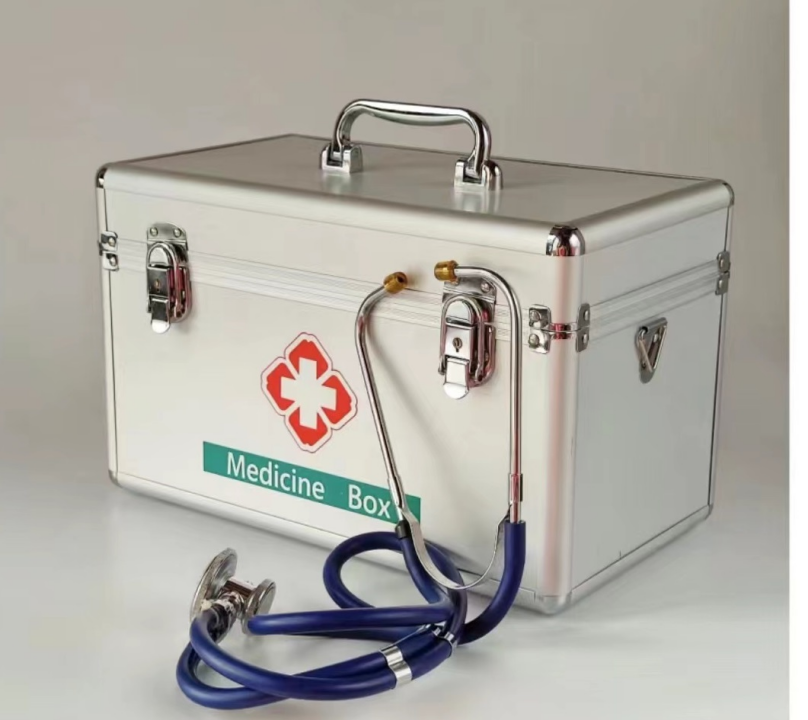
Common sports injuries and rehabilitation methods
Many people may experience overtraining or accidental injuries during aerobic and anaerobic exercise, which are related to the practitioner's foundation and skill level, as well as factors such as the characteristics of the exercise, technical difficulty, and exercise environment.
1、 Common sports injuries and their management methods
1. Muscle strain or ligament sprain.
The main symptoms are muscle damage caused by rapid contraction or excessive stretching during exercise, and ligament damage may occur when joints are excessively twisted or stretched.
Treatment: For mild muscle strains and ligament sprains, follow the four step method of rest, cold compress, compression, and lifting. Rest is sufficient time for the repair of the damaged area; Cold compress can shrink blood vessels, regulate microcirculation, reduce muscle swelling and pain; Compression is the use of bandages or cloth strips to bandage the injured area, in order to reduce internal bleeding and tissue fluid leakage; Raising refers to raising the injured area to facilitate blood circulation, reduce swelling and pain.
2. Sports abrasions
Treatment: If the abraded wound is dirty or has oozing blood, physiological saline should be used to clean the wound. If the wound is large or deep, it is recommended to seek medical attention as soon as possible. After debridement, appropriate antibacterial ointments or anti-inflammatory drugs can be applied to prevent infection and promote wound healing. If the wound is deep or heavily contaminated, oral antibiotics may be necessary to prevent infection. After applying medication, sterile gauze can be used to wrap the wound to protect it and reduce the risk of infection. At the same time, dressing should be changed regularly to keep the wound clean and dry.
3. Exercise abdominal pain
The visceral function has not yet reached an adaptive state, causing organ dysfunction and causing abdominal pain or gastrointestinal spasms.
Handling: Bend down, run, slow down, take deep breaths or pause exercise, and massage the swollen and painful abdomen. Prepare plenty of hot water before exercising, and do not drink large amounts of cold water or beverages immediately after exercising.
4. Hypoglycemia.
Long term exercise consumes too much blood sugar. The main symptoms include hunger, fatigue, dizziness, pale complexion, cold sweating, and in severe cases, hypoglycemic shock.
Treatment: Mild cases should drink sugary water, lie flat to keep warm and rest, while severe cases should pinch people and inject glucose. Scientifically arrange the amount of exercise, avoid excessive fatigue, strengthen exercise, and do not stop immediately after sprinting.

2、 How to prevent sports injuries?
1. Adequate warm-up: Warming up can increase the range of motion of joints, improve muscle contraction and movement ability, reduce muscle viscosity, and prevent sports injuries. Warming up can include easy running, dynamic stretching, etc., lasting about 5-10 minutes to allow the body to sweat slightly.
2. Stretching muscles: Regularly stretch muscles, especially in areas that are prone to strain, such as the back of the thighs and waist. Stretching can improve muscle flexibility and reduce the risk of muscle strain. Suggest stretching for 20-30 seconds each time, repeating 2-3 times.
3. Enhancing muscle strength: Through strength training, muscle strength and endurance can be enhanced, thereby reducing the likelihood of muscle strain. Strength training can include weightlifting, push ups, sit ups, etc., conducted 2-3 times a week for 20-30 minutes each time.
4. Pay attention to exercise posture: The correct exercise posture can reduce joint and muscle pressure, and reduce the risk of injury. Therefore, when engaging in sports activities, it is important to ensure the use of correct posture and techniques. If necessary, you can consult a professional coach or watch instructional videos to learn the correct posture.
5. Adequate nutrition supplementation: During high-intensity training, it is necessary to consume more carbohydrates, supplement an appropriate amount of protein every day to help muscle repair, eat more fruits and vegetables to promote the intake of vitamins and minerals, and timely replenish the body's lost water and electrolytes.





Reading comments
Steven Rich – Sep17, 2016:
How all this mistaken idea of denouncing pleasure and praising pain was born and I will give you a complete account of the system, and expound the actual teachings.
William Cobus – Aug21, 2016:
There anyone who loves or pursues or desires to obtain pain itself, because it is pain, because occasionally circumstances occur some great pleasure.